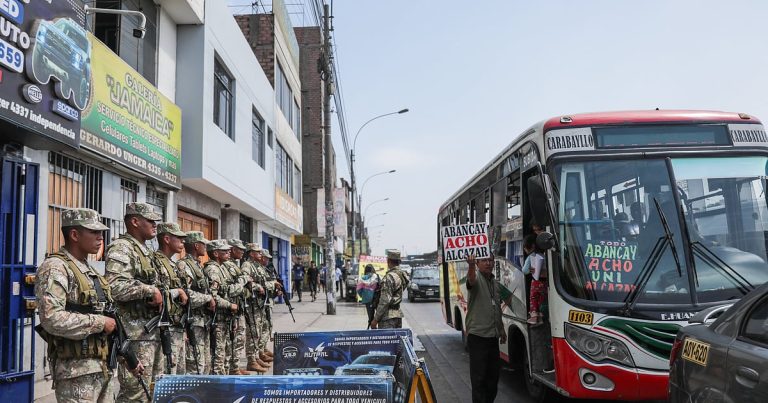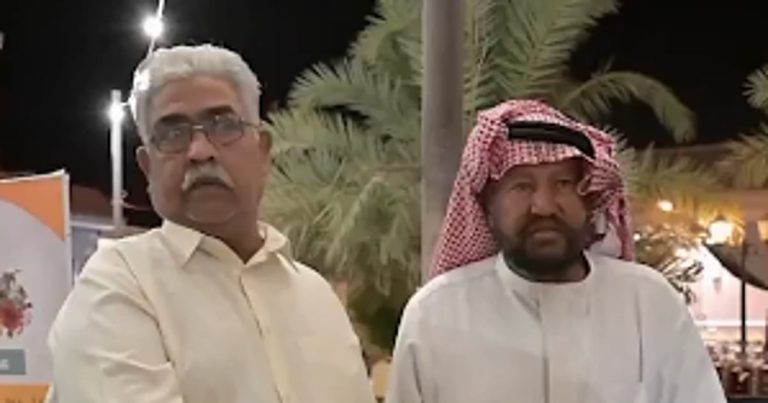Ukraine’s Drone Campaign Disrupts Russian Energy Supplies
In recent months, Ukraine has significantly escalated its drone operations, targeting critical infrastructure deep within Russia. This strategic shift aims to disrupt Russian logistics and energy supplies, marking a pivotal moment in the ongoing conflict. As Ukraine enhances its long-range capabilities, the implications for both sides are profound.
The Evolution of Ukraine’s Drone Strategy
Ukraine’s drone campaign has evolved from localized strikes to deep incursions into Russian territory. The assembly of drones occurs covertly, often at night, allowing Ukrainian forces to launch attacks on key targets such as oil refineries and fuel depots. This tactical approach has stretched Russia’s air defenses and highlighted vulnerabilities in its infrastructure.
The Impact on Russian Energy Infrastructure
Since the summer, Ukraine has intensified its drone strikes, targeting 16 major Russian refineries that account for approximately 38% of the country’s refining capacity. While these attacks have caused gasoline shortages and even rationing in some regions, the overall impact has been mitigated by Russia’s idle capacity and existing fuel reserves. Analysts from the Carnegie Endowment note that most refineries resumed operations within weeks, indicating that while the strikes have been disruptive, they are not crippling.
President Volodymyr Zelenskyy has asserted that Ukraine’s drone capabilities are inflicting significant damage on Russia’s fuel supply, estimating a loss of up to 20% in gasoline availability due to these strikes. This assertion underscores the strategic importance of Ukraine’s drone operations in the broader context of the war.
The Mechanics of Drone Warfare
The drones used in these operations are primarily homegrown, reflecting Ukraine’s resourcefulness and adaptability. One notable model is the Liutyi, a simple yet effective design that has become a symbol of national pride. Despite its unassuming appearance, the Liutyi has demonstrated remarkable range and effectiveness, capable of striking targets up to 1,000 kilometers away from the border.
Strategic Objectives and Challenges
The strategic goal behind these drone strikes is to create logistical attrition for Russia. By forcing Russia to divert resources and air defenses across a broader area, Ukraine aims to weaken Moscow’s ability to sustain its military operations. This shift in warfare dynamics has altered the perception of safety within Russian territory, which had previously been considered secure.
However, executing these missions is fraught with challenges. Only about 30% of the drones reach their intended targets, necessitating meticulous planning and execution. The commander overseeing these operations, known by the call sign “Fidel,” emphasizes the importance of experience and the human cost of this conflict. He reflects on the sacrifices made for future generations, highlighting the broader implications of their struggle.
The Global Context and Future Implications
The ongoing drone campaign is not only reshaping the battlefield but also influencing international perceptions and responses. The Paris-based International Energy Agency reports that the strikes have reduced Russia’s refining capacity by approximately 500,000 barrels per day, leading to domestic fuel shortages and impacting exports. This situation has arisen even as global oil production remains stable, illustrating the localized effects of the conflict.
Ukraine’s ability to conduct independent drone operations has allowed it to bypass the need for Western approval for long-range weapons, providing a tactical advantage. This autonomy has been crucial, especially as Western allies have ramped up sanctions against Russia’s oil industry.
FAQs
What types of drones is Ukraine using in its operations?
Ukraine primarily employs homegrown drones, such as the Liutyi, which are designed for ease of assembly and modification, allowing for effective strikes on Russian targets.
How have the drone strikes affected Russia’s fuel supply?
The drone strikes have reportedly led to a loss of up to 20% of Russia’s gasoline supply, causing shortages and rationing in some regions, although many refineries have resumed operations quickly.
What is the strategic goal of Ukraine’s drone campaign?
The primary objective is to disrupt Russian logistics and energy supplies, forcing Russia to allocate resources and air defenses over a wider area, thereby weakening its military capabilities.
Conclusion
Ukraine’s intensified drone campaign marks a significant shift in the dynamics of the conflict, challenging Russia’s previously secure territory and logistics. As Ukraine continues to refine its capabilities and execute strategic strikes, the implications for both nations and the broader geopolitical landscape remain profound. The ongoing situation calls for close monitoring as developments unfold.
Also Read:
Russia Launches Major Attack on Ukraine’s Energy Facilities







